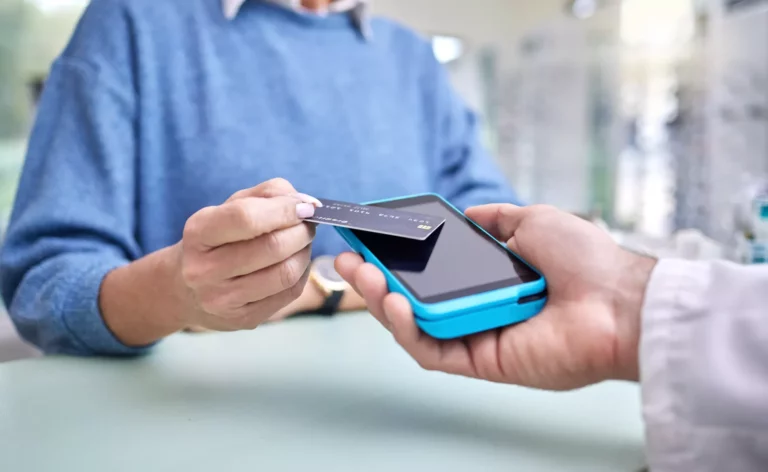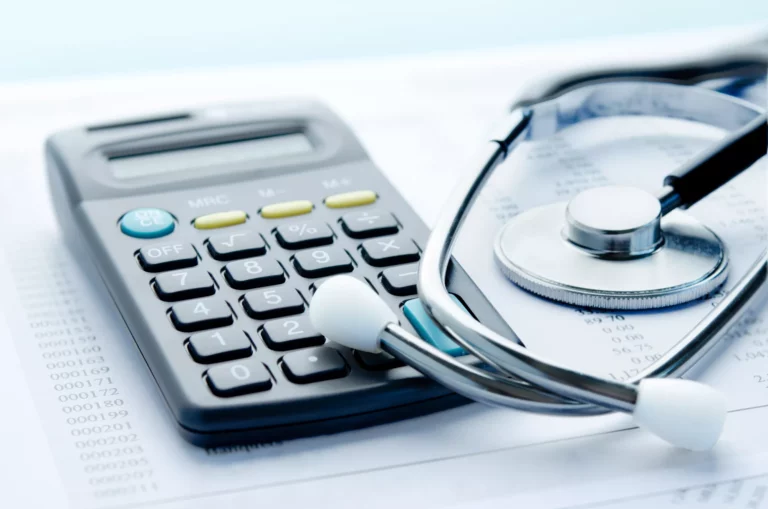This article originally appeared in HBMA RCM Advisor
Patient responsibility for medical care is exploding and putting tremendous pressure on healthcare financial executives from the largest and most sophisticated health systems to solo practitioners. Direct mobile patient payment is a novel solution to augment the collection efforts to patient self-pay balances and should be a part of the revenue cycle strategy to ensure success in an evolving payer landscape.
Direct mobile patient payment features drive payment performance from the hardest source to collect: patients.
- Patients receive actionable SMS text messages and make payments within hours.
- There is no app to download or portal to log into.
- Augment existing collection toolsets without disruption workflows and especially cash.
- Minimal lift to implement and go-live; hours rather than weeks or months.
- Modernized patient experience they have come to expect.
The Importance of Patient Payments
Patients’ average annual deductibles have increased 53 percent over the last five years. Whether they have an annual deductible or not, patients now share a greater portion of their medical costs through copays (66 percent for a PCP visit) and coinsurance (24 percent). During the 2016 open enrollment period, CMS reported 90 percent of the 12.7 million consumers in the health insurance exchange program selected a high-deductible health plan.
Never before have patients been financially responsible for so much of their care. The impact of this new and growing responsibility is experience in a number of ways. Since 2000, over $576 billion worth of medical services provided by hospitals of all kinds have gone unpaid. Sixty-eight percent of patients with bills of $500 or less did not pay off the full balance in 2016 — up from 53 percent in 2015 and 49 percent in 2014.
This new reality of patients as payer number two behind CMS has led to 82 percent of healthcare organizations citing patient collections as their largest revenue cycle challenge. It costs four times as much to collect from a patient as it does from an insurance company. Existing strategies and toolsets are not performing, leading to 82 percent of providers and 92 percent of hospitals to rethink their current payment systems for consumer-like patient payment solutions.
Patients Expect a Consumer Billing Experience
Consumerism in healthcare is a broad subject, the reality of which remains debatable. There is, however, one place patients are behaving as consumers, and that is paying by the phone. Ninety-nine percent of Americans have a cellphone today. Medical providers finally have the opportunity to make themselves easier to do business with.
A McKinsey & Company report on consumerism in healthcare found that 70 percent of patients prefer a digital solution to an in-person interaction, and 80 percent report preferring digital when it comes to making their payment.
Despite growing data and requests for a modern retail or consumer experience, 86 percent of patients continue to receive confusing paper medical bills, while healthcare organizations collect just 20 percent with some form using a mobile device.
The consumer experiences in retail and hospitality have bled over to healthcare and represent an opportunity to succeed or fail to meet patient expectations with real financial and patient satisfaction implications.
What Does Today’s Patient-Centric, Consumer-Focused Revenue Cycle Strategy Look Like?
U.S. healthcare is evolving and that is what makes this an exciting space to work within. The weight of the patient’s dollar to revenue cycle systems and the strategy to collect that dollar must provide options and align with modern trends. Effective revenue cycle managers are providing patients with payment options and closely watching how effective those option are, along with the costs to collect per each option.
Mailing paper statements, as nearly 100 percent of healthcare financial executives reported sending and manning call centers remain viable components to a self-pay collections strategy. But these are the two most expensive options with decreasing efficacy as demographics change and consumer preferences changed. Savings and patient satisfaction gains are available through convenient electronic payment options as patients continue to request such options.
Thanks to the regulatory requirements of Meaningful Use and efforts to engage patients, 90 percent of medical providers offer a patient portal and 92 percent of patients have “adopted” their portal.
Despite broad offering and adoption rates, usage remains very low. Portals were built for viewing, downloading, and transmitting clinical data and evolved into “patient engagement” platforms offering patient-to-provider messaging, scheduling, prescription refills, and of course, billing. User experience is blamed for poor portal usage rates; a log-in and password are required, navigation can be difficult, and they have no benefited for a purpose-built design.
A mobile-first, purpose-built approach to patient self-pay billing should leverage the powerful trend toward the use of SMS technology. Ninety-eight percent of SMS texts sent are read and 90 percent of those are read within three minutes (compared to email where 70 percent of messages are ignored). A direct mobile patient payment approach allows a patient to make a payment directly from their phone without an app to download, portal to log into, or links to chase around the internet.
Direct mobile pay requires:
- minimal work to integrate and bring live
- will never be considered an “IT project”
- leverages existing financial channels to route and reconcile payments back to medical service providers.



